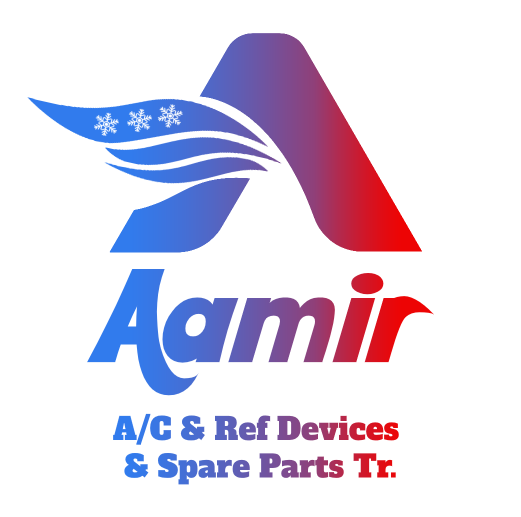Uncategorized
The Elements of Clever Home Systems
In a universe that’s ever more digital, home automation systems have developed traditional homes into connected and useful living spots. From sensible light bulbs to programmable coffee makers, these gadgets offer householders control and convenience. Although a smart home is more than just a collection of devices that work mutually. A successful program requires a network of advanced communication technologies and control programs working in duo to deliver real-time effects.
One of the most necessary elements is a strong Web connection. Since smart home technology relies on the Net of Details (IoT) to communicate and exchange data between gadgets, having a stable and reliable connection is crucial.
A further key element is actually a central bizcrisis.net control link. Often called a good home system or a control center, these kinds of systems make the central nervous system of the smart house, linking and working multiple products through a sole interface. This consists of smart TVs, voice-command smart speakers just like Amazon Echo and Google Home, and security alarm systems that use through a central panel or through touch screen phone apps.
Bright home systems also offer a number of other features, such as pré-réglable schedules and automation rules that can turn lights, home equipment and even sprinkler systems on and off based on specific leads to. Smart reliability features, like IR and online video doorbells, may notify homeowners of suspicious activity or call regional first responders if the property owner is apart. And sensible energy monitoring helps home owners reduce their power consumption and reduce energy bills.

